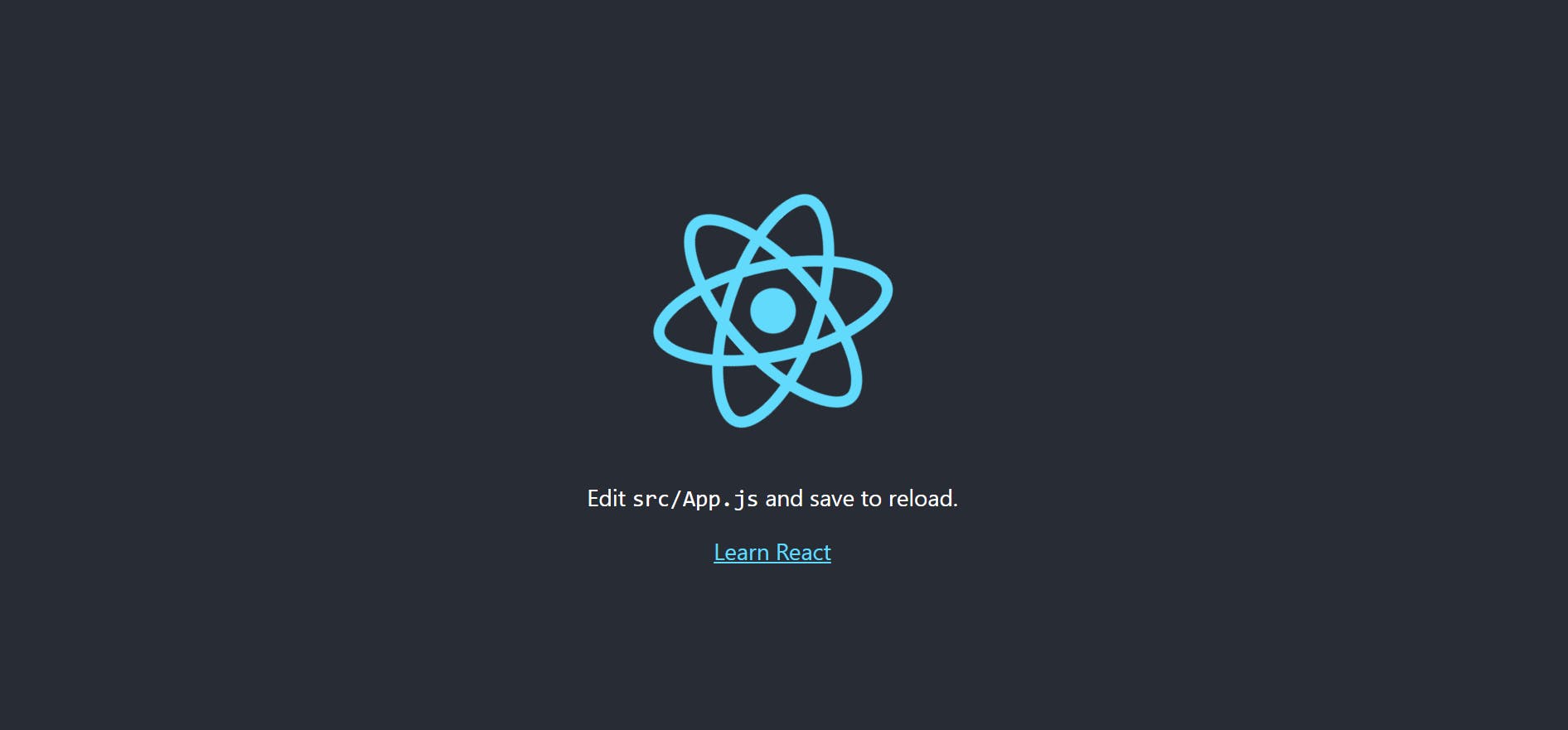Continues integrations and Deployment of react application
Introduction:
In this article, we deploy a react application in civo cloud. In this project, Integration is automated and deployment is done manually. We use Docker, DockerHub, Civo, GitHub Actions, Kubernetes, Terraform, and Lens.
Source code:github.com/krishnarayapudi25/continuous-Int..
Step 1:Workflow
we create a react application using create react app which can be done easily and with less effort, now we create a Dockerfile for the react application and push both to GitHub and open the actions tab in the repository and create a workflow or select the most relevant workflow from the GitHub actions marketplace. Dockerfile
FROM node:14-alpine
ENV PATH = /app/node_modules/.bin:$PATH
WORKDIR /my-app
COPY package.json ./
RUN npm install
COPY . ./
EXPOSE 3000
CMD ["npm" , "start"]
Workflow file
name: Docker Image CI
on:
push:
branches: [ main ]
pull_request:
branches: [ main ]
jobs:
build:
runs-on: ubuntu-latest
steps:
- uses: actions/checkout@v2
- name: docker login
env:
DOCKER_USER: ${{secrets.DOCKER_USER}}
DOCKER_PASSWORD: ${{secrets.DOCKER_PASSWORD}}
run: |
docker login -u $DOCKER_USER -p $DOCKER_PASSWORD
- name: Build the Docker image
run: docker build . --file Dockerfile --tag my-image-name:$(date +%s)
- name: Docker Push
run: docker push DockerHub_username/image-name
In this example, we publish to docker hub to make this action to work u need to add your docker Hub credentials as secrets in repository settings and pass them to the workflow file.
By now we successfully created a docker image and push it to the dockerHub
Step2:Infrastructure
We build the required infrastructure using terraform to perform this u need terraform installed and whichever cloud you are using should be configured. For this example, we are using civo cloud as our cloud provider.
We need to create a Kubernetes cluster for deployment and vpc to access those or control the access of the cluster. Below files will create a cluster and a vpc in civo cloud.
terraform {
required_version = ">= 0.13.0"
required_providers {
civo = {
source = "civo/civo"
version = "~> 1.0.13"
}
}
}
variable "civo_token"{
type = string
}
provider "civo" {
token = var.civo_token
region = "LON1"
}
data "civo_size" "xsmall" {
filter {
key = "name"
values = ["g4s.kube.xsmall"]
match_by = "re"
}
}
resource "civo_kubernetes_cluster" "react-application" {
name = "react-application"
applications = ""
pools {
size = element(data.civo_size.xsmall.sizes, 0).name
node_count = 3
}
firewall_id = civo_firewall.fw_demo_1.id
}
resource "civo_firewall" "fw_demo_1" {
name = "fw_demo_1"
}
resource "civo_firewall_rule" "k8s_http" {
firewall_id = civo_firewall.fw_demo_1.id
protocol = "tcp"
start_port = "80"
end_port = "80"
cidr = ["0.0.0.0/0"]
direction = "ingress"
action = "allow"
label = "k8s_http"
}
resource "civo_firewall_rule" "k8s_https" {
firewall_id = civo_firewall.fw_demo_1.id
protocol = "tcp"
start_port = "443"
end_port = "443"
cidr = ["0.0.0.0/0"]
direction = "ingress"
action = "allow"
label = "k8s_https"
}
resource "civo_firewall_rule" "k8s_api" {
firewall_id = civo_firewall.fw_demo_1.id
protocol = "tcp"
start_port = "6443"
end_port = "6443"
cidr = ["0.0.0.0/0"]
direction = "ingress"
action = "allow"
label = "k8s_api"
}
After creating the Kubernetes cluster download the kube config file from civo dashboard and add it to the Lens Ide now we deploy the cluster first we create Deployment.yaml and Service.yaml
Deployment.yaml
apiVersion: apps/v1
kind: Deployment
metadata:
name: react-application
labels:
app: react-app
spec:
replicas: 3
selector:
matchLabels:
app: react-app
template:
metadata:
labels:
app: react-app
spec:
containers:
- name: react-app
image: krishnarayapudi25/react:latest
ports:
- containerPort: 3000
apiVersion: v1
kind: Service
metadata:
name: react-app
spec:
type: NodePort
selector:
app: react-app
ports:
- name: http
port: 3000
nodePort: 30020
Now your application is up and running.
